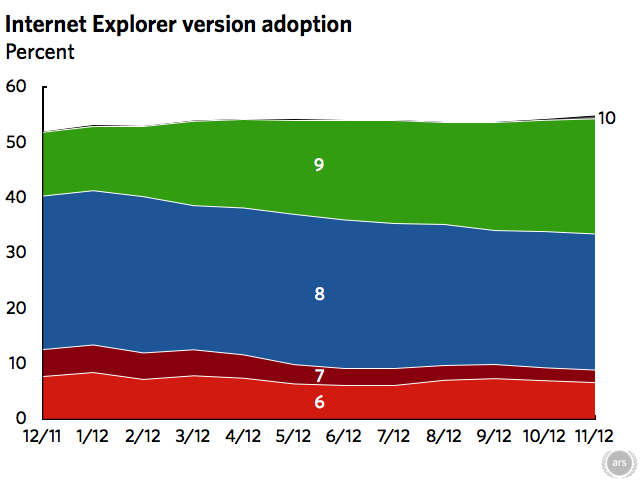Fast Company Design posted an article today titled “Designers Should Design, Coders Should Code.” It’s an awesome read and it’s something I’ve been saying since about 2004 when I finally realized that my coding skills were not evolving as fast as my design skills. I made the conscience decision on that day to stop lying to myself. I stopped trying to be something I wasn’t… a coder. I committed then and there to be the best designer I could be and let the developers of the world turn my designs into reality.
 It was humbling but freeing at the same time. What I learned when I did this was that I was able to focus on solving problem and solving them in the best way possible. I no longer had to dumb down my designs to my coding skill level. This is when I feel I truly became a designer.
It was humbling but freeing at the same time. What I learned when I did this was that I was able to focus on solving problem and solving them in the best way possible. I no longer had to dumb down my designs to my coding skill level. This is when I feel I truly became a designer.
Over the years I’ve had many debates with people who think they are, or can find a unicorn that can both design and code. They call these people “UNICORNS” for a reason, they don’t exist! If you think you’re a unicorn, I’m 100% positive I can show you a designer that is better and more creative than you and a coder who can code circles around you.
This is still a controversial topic and one that will probably never go away. But reading the above article just re-engergizes me and give me hope that others are finally coming around to the myth of the unicorn.
Another good read about this: Why Designers Should Not Code (written by a “unicorn”)


